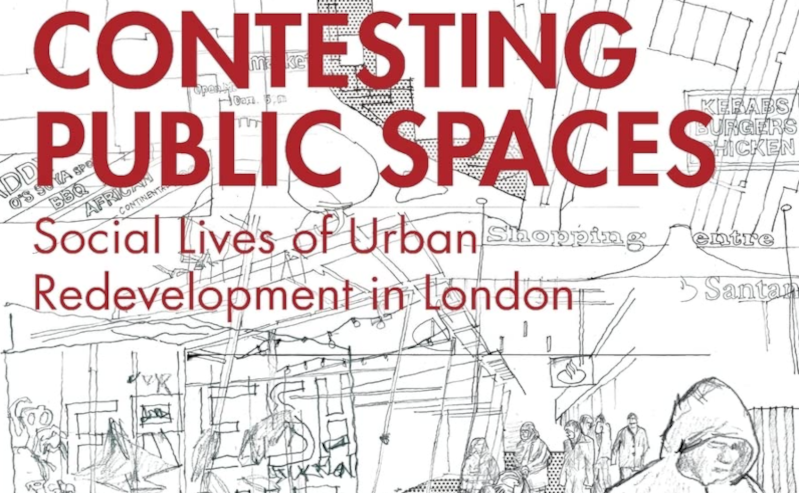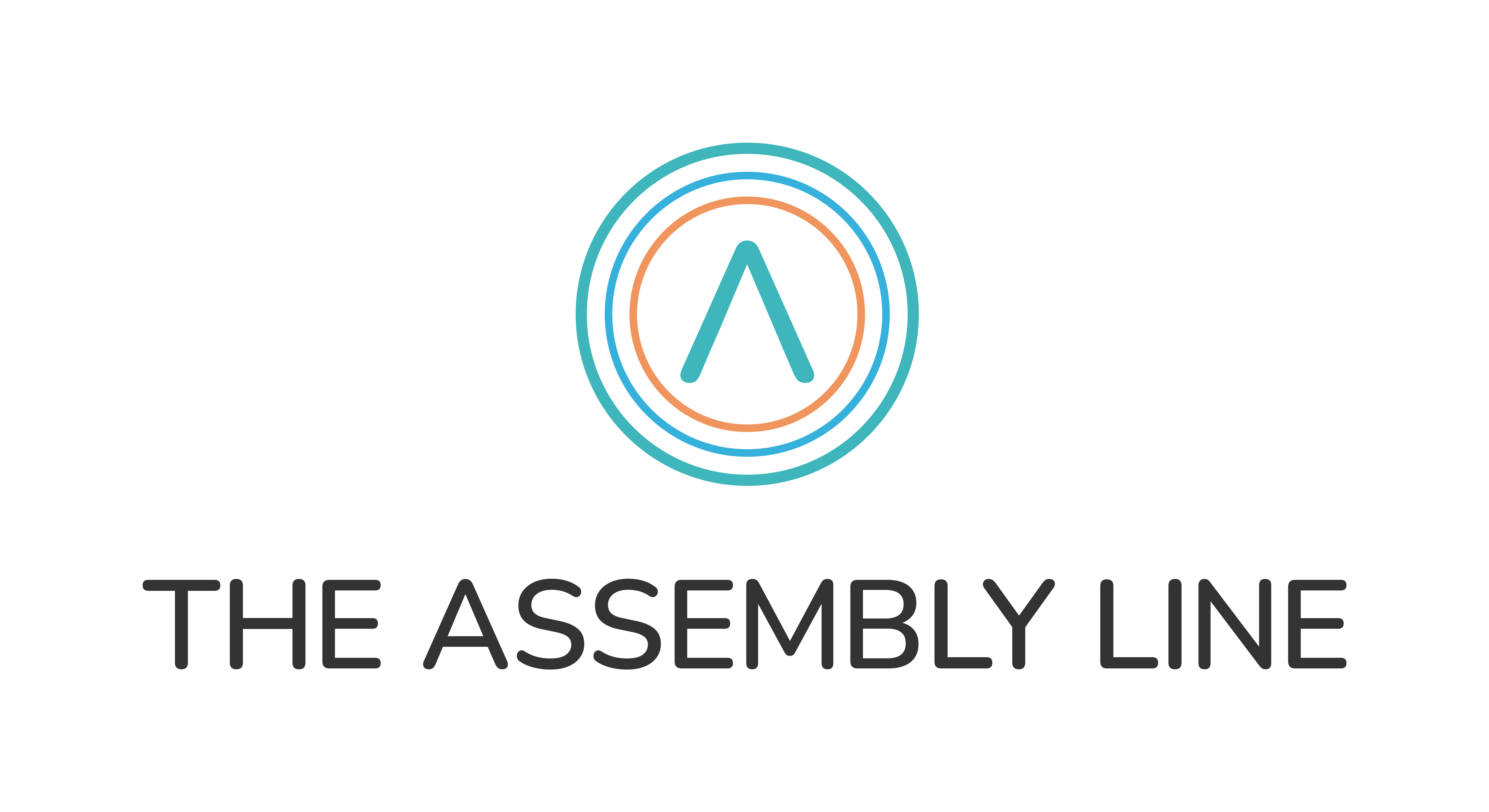
27 Oct Book review: Contesting Public Spaces
Contesting Public Spaces: Social Lives of Urban Redevelopment in London. Ed Wall, Routledge (2022)
Contesting Public Spaces considers public spaces in London – how it evolved, how it’s used and how its context changes when large scale regeneration happen, often under a masterplan. Using three key sites across London – Paddington Basin, Trafalgar Square and Elephant & Castle (Market) – which have undergone wholesale change in the past 20 years and in some cases, ongoing, author Ed Wall considered who is involved when changes are proposed, the impact as they are implemented and the changed access and use of public space as it becomes premium space in new developments where public access is managed into what has now become a privately managed space.
The three case study locations place public space in very different environments both in its geography and make-up. At Elephant & Castle in south London, an existing area has been demolished and rebuilt; over in west London, Paddington Basin, adjacent to Paddington station went from being industrial land on the periphery of central London to a newly build canal side neighbourhood while Trafalgar Square, famous globally and considered to be London’s civic square transitioned to a managed event space.
Masterplanning and the changing nature of public space is not new and Wall looks back to the 1980s and 90s when Canary Wharf and Broadgate Estates were being built with Richard Rogers and others claiming that the public realm within these areas was being privatised through demolition, reconstruction and new build against the changing role of local authorities who became, and continue to reliant on private developers to get plans delivered.
The regeneration of Elephant & Castle is well documented and many of the problems are blamed on the lifespan of the project which is still underway and this leading to it becoming too political. In considering the market in particular which was located in the moat; the area surrounding the shopping centre, ownership of the centre was complex and as the various components of the area were decanted ready for demolition, the market remained but it had lost its customers (from the nearby Heygate housing estate). Wall recalls the power struggle in such large regeneration projects with, in this case, the market traders and small business owners having much less power than the council, the landowner and the developers.
Over in west London at Paddington Basin – a complex of new build office building with hospitality, retail and event spaces amongst it – a myriad of organisations had spent years creating a narrative for the area, tapping into its history, leading to the creation of a Business Improvement District,
The end creation, of the Paddington Basin, with its lack of clarity around owners has resulted in some confusion around cleaning, management and the rules in each area of the site. This has resulted in a over enthusiastic approach to keeping it clean and ensuring that after events the area is returned to being ‘spick and span’ as quickly as possible resulting in the area being seen as permanently new with a feel of it being recently completed when some parts of it are more than 10 years old. The space is heavily managed with those without a reason to being there encouraged not to remain, driving home the question of how ‘public’ the space really is.
Its creation was intended to encourage footfall to existing local amenities however many of the occupiers provided in-house amenities for their employees and with access to the area directly from the statin there is no natural route to local businesses.
Wall suggests that in Paddington’s attempt to create a place identify, it has become a non-place, liken to an airport or transit hub with an end in sight rather than being someone to go for other reasons and that it is too similar other developments in London to have a clear identify.
In both Paddington and Elephant & Castle, complex ownership meant the projects took longer than they intended, management of some sites became overly complicated and the area developed a fragmented identify.
In contrast to Elephant & Castle, Trafalgar Square was designed as an island which carriages would travel around and put the needs of pedestrians second. It has become one of the most photographed landmarks in the world and is recognised globally as a key part of London. It served as a natural meeting point for Londoners and tourists alike and was the focus for Christmas and New Year celebrations.
Following the closure of one side to traffic to create a more pedestrian friendly environment its management transferred from the City of Westminster to the Greater London Authority (GLA) and since 2000 it has been maintained by team of private contractors. The transfer of management to the GLA concealed regulatory changes as it transitioned from a natural meeting place to one hosting events and beaming events from it, both live and big screen in nature. While this has showcased London on the world stage, it has closed off the square on some occasions to ticketed events only and those with high levels of security and crowd controls thereby limiting what was, in essence, loosely managed public space open to all.
Wall concludes that all three locations discussed were repeatedly remade through large scale transformation, with programmed events sometimes impacting daily routines taking place within the space given they be a market, a meeting point or a local of regular activity and in some cases, the disruption went further with the introduction of new legislation to remove previous activity and restrict others. It leaves the reader with much to ponder about how public our public spaces really are and if more will the transition to become the odd construct of privately managed public space.
The book will appeal to planners and architects but also to anyone interested in understanding more about how public space use and access changes as places undergo large scale transformation.
—-
This review was for The London Society. The Society is for people who love London, whether the live in the capital or not. They arrange events and visits to places, buildings and institutions, some not generally open to the public, organise debates and lectures, including the annual Sir Banister Fletcher Lecture and sponsor the All Party Parliamentary Group on London Planning and Built Environment. Find out more on their website.

